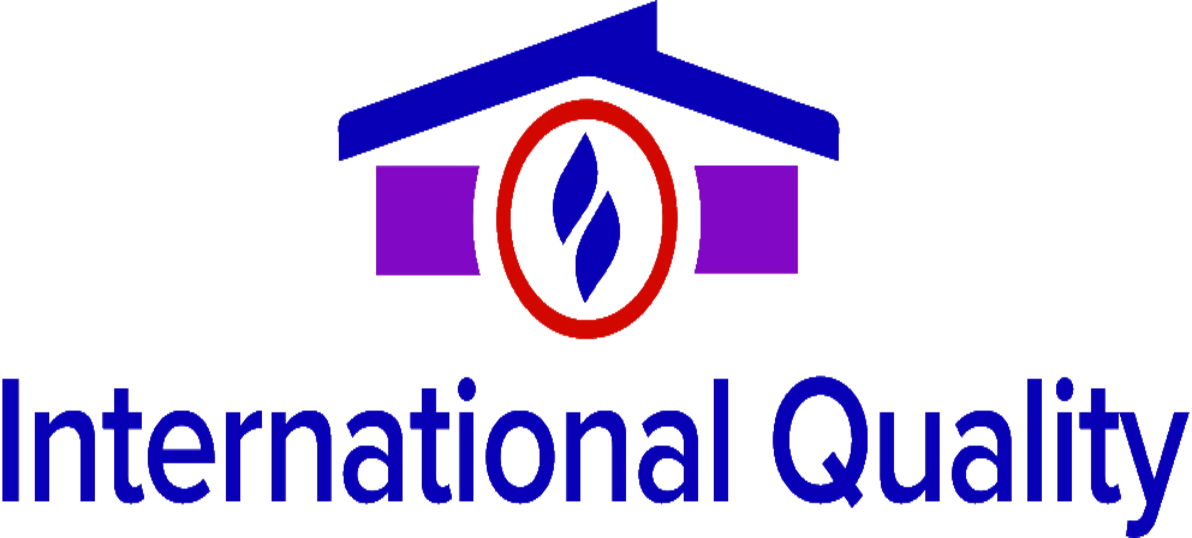Integration is a crucial stage in M&A. However, it has also proven to be the hardest. A recent study revealed that M&A firms are 12 to 18 percent less likely to believe they have the necessary capabilities and capabilities to integrate than any other stage of M&A.
The key to overcoming this problem is clear communication on the deal rationale and the integration tactics. This will ensure that everyone is aware of what is expected of them and how the M&A will benefit their organization.
It is also essential to use best practice tailored to the specific goals of the deal. For example, using the same personnel who conducted due diligence for the M&A for the post-merger integration will ensure continuity, eliminating duplication of effort and also reducing time.
Another issue is keeping momentum during the process of integration. It is essential that the team integrating the companies, without compromising growth. This requires that the team has a deep understanding of the M&A firm’s operations, so they can make decisions that have the least impact on day-to-day operations.
A solid governance structure is also needed to track and http://www.virtualdataroomservices.info/what-is-deal-flow-management capture synergies. This includes establishing the M&A leadership group (which includes representatives from both organisations) in addition to establishing and developing an integration plan and providing clear lines of accountability. M&As that integrate these best practices can yield as much as 6-12 percentage points more in total returns to shareholders than those that do not.
